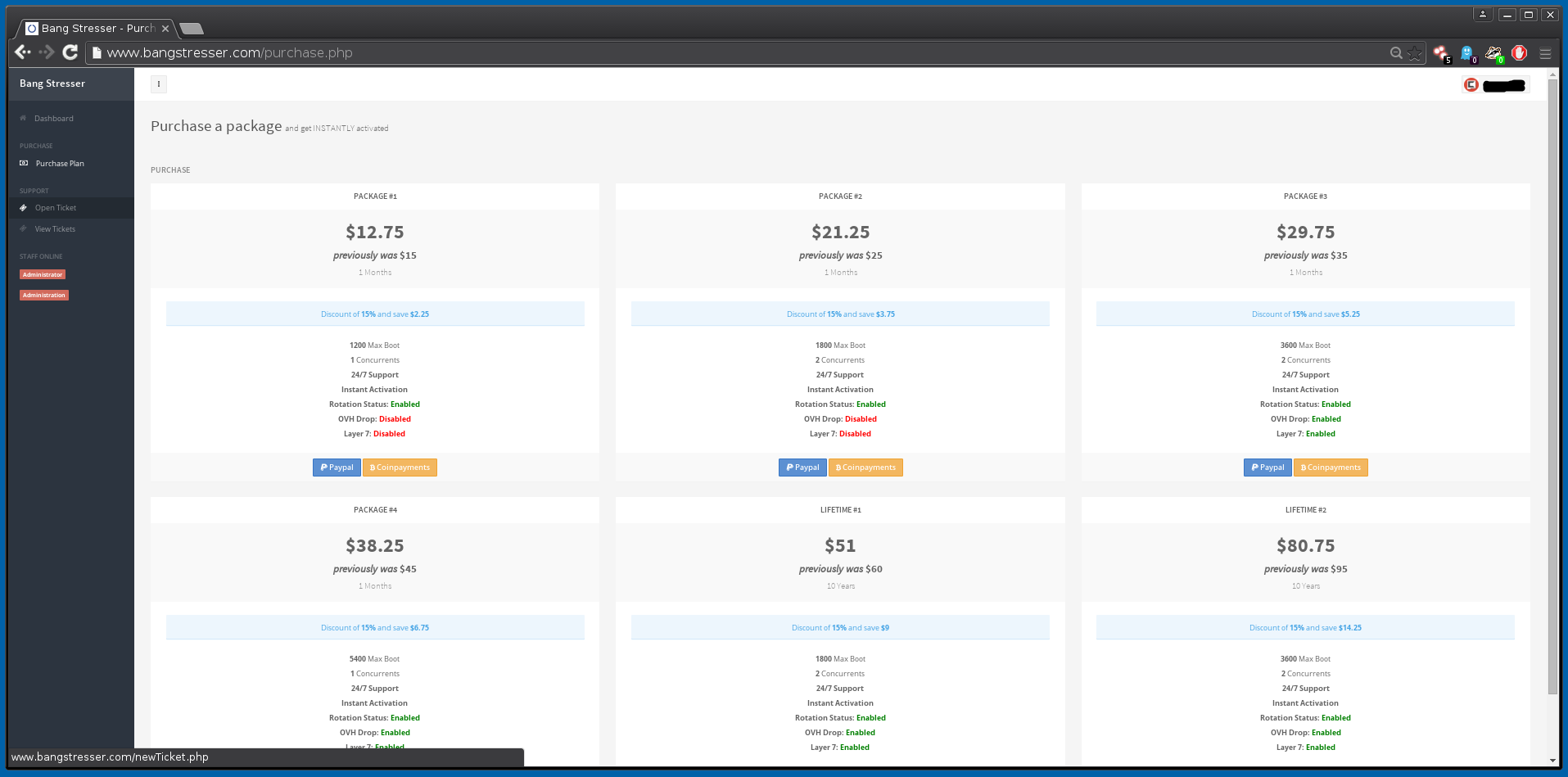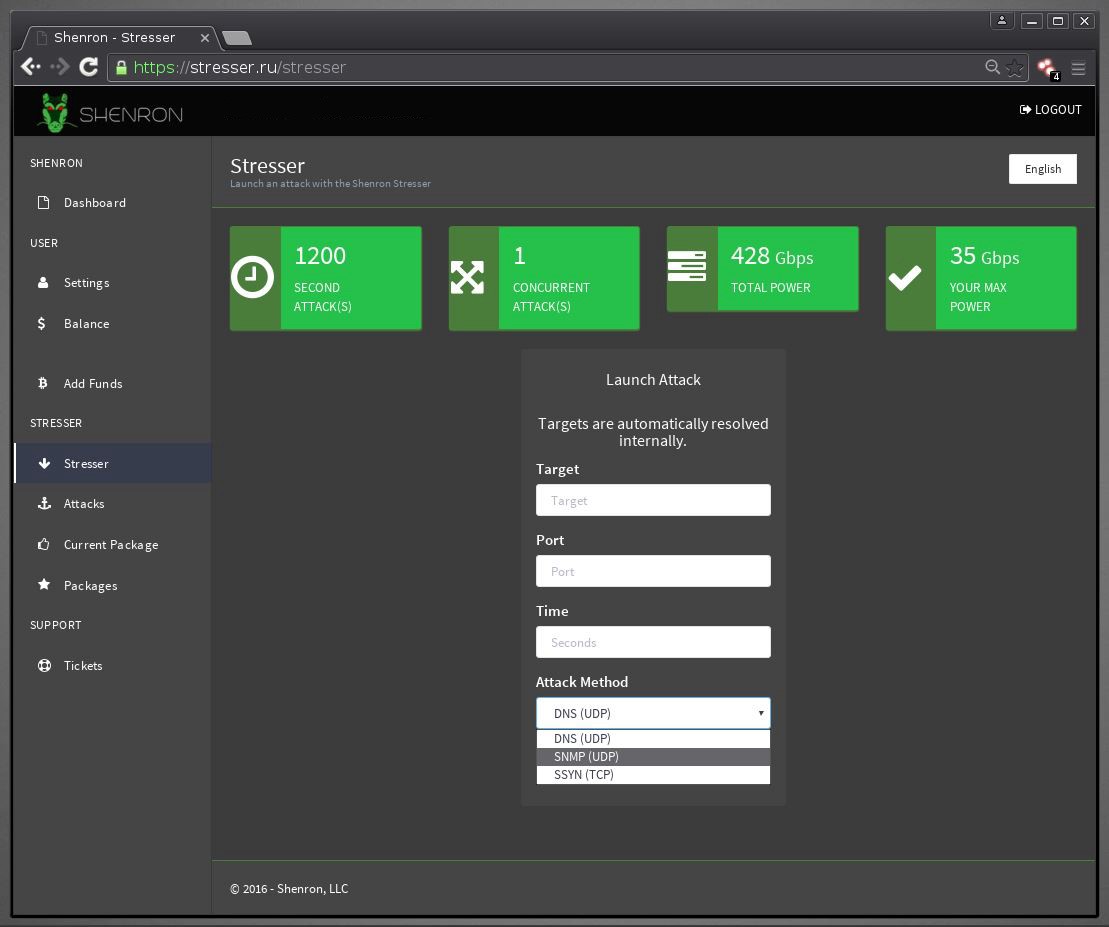

Distinguishing malicious requests by attributes and aftermath.Watching for known attack types or application attack signatures, since many DDoS attacks still rely on simple techniques like not completing TCP handshakes, fragmented packets, or spoofing.After detecting such suspicious behavior, the next step is to identify the visitor by a combination of signature and challenge based tests which, if accurate, will provide accurate information about the visitor and its motives. Identifying excessive requests from a single user session or source, since attacking bots almost always request web pages faster and more often than real users.Some of the red flags these advanced tools look for are: This is done leveraging a combination of anomaly detection and application-level controls. The more advanced DDoS Prevention tools can effectively detect malicious traffic, differentiating it from legitimate traffic, and alerting security staff of an ongoing attack, before the damage is done.

Yes, eventually you’ll get the feeling that something is wrong, but by then it might be too late. This may sound trivial, but sophisticated DDoS attacks actually mimic standard web application traffic – which makes them “look,” at least at the outset, like regular traffic.

The first step to preventing DDoS damage is to identify that you’re under attack. What you can prevent, and prevent quite effectively, is damage caused by a DDoS attack.

Unlike a Denial of Service (DoS) attack, in which one computer and one internet connection is used to flood targeted resource with packets, a DDoS attack uses many computers and many Internet connections, often distributed globally in what is referred to as a botnet.įirst, it should be clarified that there is no such thing as “DDoS Prevention,” because you can’t prevent the attack itself. Define DDoSĭDoS stands for “Distributed Denial of Service.” A DDoS attack is a malicious attempt to make a server or a network resource unavailable to users, usually by temporarily interrupting or suspending the services of a host connected to the Internet. later clarified that he was operating single-handedly. The resulting DDoS attack took down GoDaddy, along with an untold number of websites, for several hours. Security managers, adept at handling threats like intrusion, web application exploitations, and worms – may not yet be fully aware that dealing with DDoS requires a dedicated, and unique I’m taking godaddy down bacause well i’d like to test how the cyber security is safe and for more reasons that i can not talk now” The secret of DDoS “success”? Many DDoS attacks succeed not due to the skill or resources at the command of the attackers, but because of lack of preparation on the defender’s side. As more and more commercial and governmental organizations are discovering the hard way, DDoS is a threat that cannot be ignored. A recent industry study showed that some 75% of IT decision makers have suffered at least one DDoS in the past 12 months, and 31% reported service disruption as a result of these attacks.


 0 kommentar(er)
0 kommentar(er)
